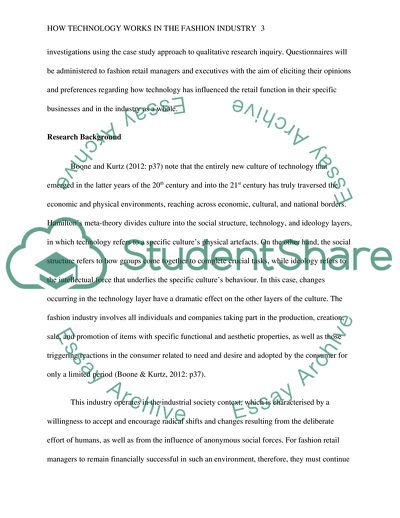Cite this document
(Not Found (#404) - StudentShare, n.d.)
Not Found (#404) - StudentShare. https://studentshare.org/design-technology/1869705-how-technology-works-for-fashion-industry
Not Found (#404) - StudentShare. https://studentshare.org/design-technology/1869705-how-technology-works-for-fashion-industry
(Not Found (#404) - StudentShare)
Not Found (#404) - StudentShare. https://studentshare.org/design-technology/1869705-how-technology-works-for-fashion-industry.
Not Found (#404) - StudentShare. https://studentshare.org/design-technology/1869705-how-technology-works-for-fashion-industry.
“Not Found (#404) - StudentShare”. https://studentshare.org/design-technology/1869705-how-technology-works-for-fashion-industry.


